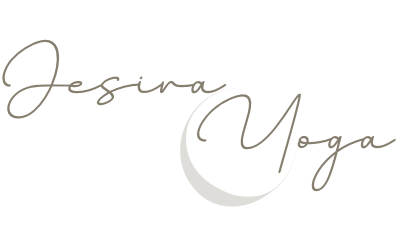Sustainable Yoga
How Yogic Traditions in the West effect our Earth & Cultures
With the physical practice of Yoga (Asana) coming into the West in the early 1920s and the word being spread by Teachers like Krishnamacharaya, Iyengar, Pattabhi Jois, Desikachar or Indra Devi- Yoga has undoubtedly become a money business.
Is this a bad thing? Not if we respect the roots and traditions, not if we care.
Does this mean, all practices that aren’t directly connected to traditional eastern Yoga are inappropriate? Absolutely not! All those Ideas and creations made the practice accessible to ANYBODY: Wheelchair Yoga, Restorative Yoga, Prenatal Yoga…
But what does it mean “to respect the roots and traditions”?
Let’s talk about cultural appropriation:
Are you practicing Yoga for physical benefits or healing purposes? Don’t get me wrong, I’m not asking you to align your Chakras or get extra spiritual. But ask yourself this: If a device you built turns out to be physiologically and psychologically beneficial for the human body and it somehow gets the attention of a larger industry, which then commercializes everything you created without mentioning your name or mission and additionally, takes out crucial parts of the system to not offend anyone who believes differently and then sells it as their own- would you be upset, frustrated, even hurt? The main purpose of Yoga carries deep healing and awareness that will lead to a freeing of the mind. It wasn’t designed to build abs and glutes.
So how could you start showing appreciation for this ancient tradition?
Start small:
- Turn off your phone during class, so you don’t disturb the teacher or practitioners in the room
- Try to listen to the not so physical cues, that are supposed to lead you in a deeper mind-body-connection. (Where to send the awareness, breath or how to utilize the breath to create a deeper awareness in the first place)
- Stay for Savasana! Leave your eyes open, if closing them causes discomfort or anxiety but don’t leave the room during the final rest. It’s disturbing and you’re missing out on the biggest learning experience in class.
- Read a Book, listen to a Podcast or watch a documentary about the history of Yoga and learn where it came from, how it started and why it is possible for your teachers and your teachers teacher to share this incredible practice with you.
- As a Teacher: learn the meaning of and use Sanskrit terms, finish and end class with a gratitude practice, don’t use objects for decor or a nice atmosphere without knowing WHY they’re sacred and important and preach only what you yourself practice!
- Yoga is about healing and inner work and not about making the most money or having the cutest leggings. Although, owning a new outfit sometimes motivates us to come to class and just feel good. So if you plan on buying new pieces, do so with the intention of buying local or sustainable.
- Palo Santo is a wood stick that has been used by Shamans in South America for centuries to cleanse bad energies from a person or a room and heal emotional and physical wounds by burning and creating smoke. The Palo Santo Essence is harvested from the spirit of it’s tree, the Bursera Graveolens, after it has died naturally and was on the ground for 4-10 years.
With Yoga, Meditation and other healing approaches, Palo Santo and white Sage are now used constantly for spiritual practices all over the world. Often, we don’t know a lot about the true origins of ancient, sacred traditions. Palo Santo was/is mainly used during rituals, medical practices or wedding ceremonies. Nowadays we overuse it for all kinds of occasions, which results in cutting down the tree illegally to meet the high demand. The industrialization of Palo Santo is the opposite of honoring the sacredness of this essence, which is why it is very important to respect the following: Only burn Palo Santo for truly spiritual occasions and buy from providers, that work closely with local collectors who only harvest wood from dead trees, that have been on the ground for the appropriate amount of time (Sacred Wood Essence) ! Or switch to other smudging options: I use a stick made out of rose, rosemary and lavender from my own garden. Europeans smudged with these herbs and flowers, as well as Mint, Dill or Sage. It’s so simple: cut, tie, dry for two weeks and burn.
The list goes on and on, I invite you to do your own research and find other things that might be part of your practice (Mala Beads, for example) and uncover misunderstandings or simply educate yourself to ensure keeping the tradition alive!
Here are some of my favorite resources:
Much Love!



